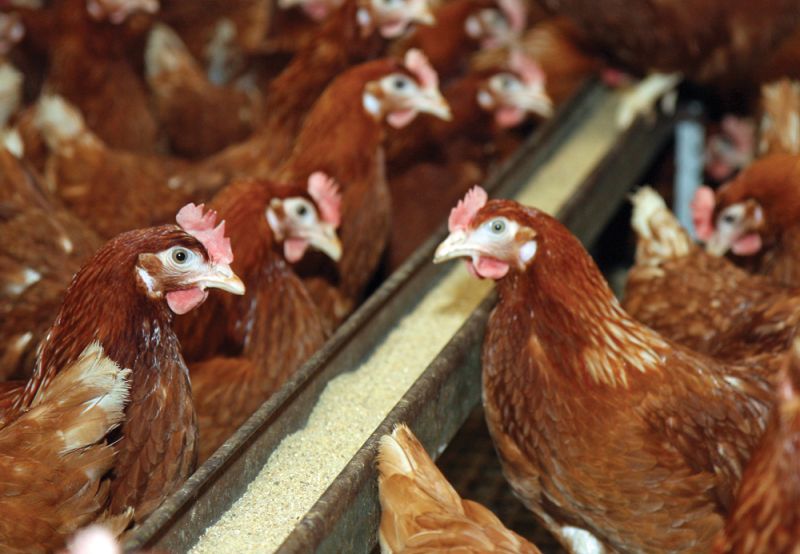
Struggling egg producers are calling for retailers to intervene and support businesses amid rising feed prices.
With global production shortages weighing heavily on the feed market, resolving the issue looks to be a complex feat.
The extreme weather this season has caused havoc across theindustry with the dry hot period decimating wheat yields across the UK and Europe.
According to the British Free-Range Egg Producers Association (BFREPA), the effect of this has been so severe that some farmers are reporting a 50% increase in feed costs.
Based on feed costs of around £270/t, medium-sized businesses face paying about £40,000 more on feed per flock compared to the start of 2018.
According to Robert Gooch, chief executive of BFREPA, the situation is unsustainable for many producers and an egg price rise is crucial to soften the impact.
“Last month we saw tough market conditions drive a major packing business with 17 producers out of business and I fear there will be more,” Mr Gooch said.
While rising wheat values have had the biggest influence on feed price, other raw materials have also risen across the board due to global pressures, explained Martin Humphrey, sales director at Humphrey Feeds & Pullets.
“Wheat and vegetable proteins – mainly soya and sunflower – make up the basis of most compound feeds and the value is affected by both domestic and international issues.”
Wheat makes up around 60% of poultry diets, and UK prices are ultimately dictated by futures markets at the Chicago Board of Trade, which react strongly to both global grain stocks and investor sentiment.
“From 2012 until 2017, grain stocks were rising,” explained Mr Humphrey. This put global prices under downward pressure.
However, this year these global stocks have fallen in volumes. “The US has actually been harvesting less wheat for the past two years, but other global surplus has made up for it,” he said.
“But this season has presented extra challenges as the extreme hot weather has affected yields.”
'Boom and bust'
Similar pressures have been experienced in Northern Europe, with the extended drought affecting both wheat yields and quality, he added.
On top of this, Russia – which often determines global base prices – has reduced its total wheat planted area, meaning it is less likely to be in a position to export supplies and drive prices down.
“Australian wheat also weighs heavily on global markets,” explained Mr Humphrey. “It operates on a ‘boom and bust’ market, leaving the rest of the world wondering whether it will export or not. This all affects global supplies.”
The change in global dynamics this year has exuded a severe amount of upward pressure on wheat prices. “If we look back at new crop wheat prices at the beginning of the year for November 18 stocks, values were around £144/t delivered,” said Mr Humphrey.
“Now, prices are around the £188/t mark. Given that wheat makes up about 60% of the poultry diet, this adds an additional £30/t in terms of feed costs.”
Vegetable protein supplies are also facing shortages. “Where it is going to come from is the challenge,” he said. “The US and Brazil produce around 100m tonnes of soya each year, but China buys most of this up, leaving limited options for UK buyers.
“Europe also cannot purchase soya from the US because of the use of so many GM varieties, which are being produced a lot quicker than the EU can approve them. This of course means that supplies are out of kilter and puts a premium on any remaining Brazilian stocks.”
